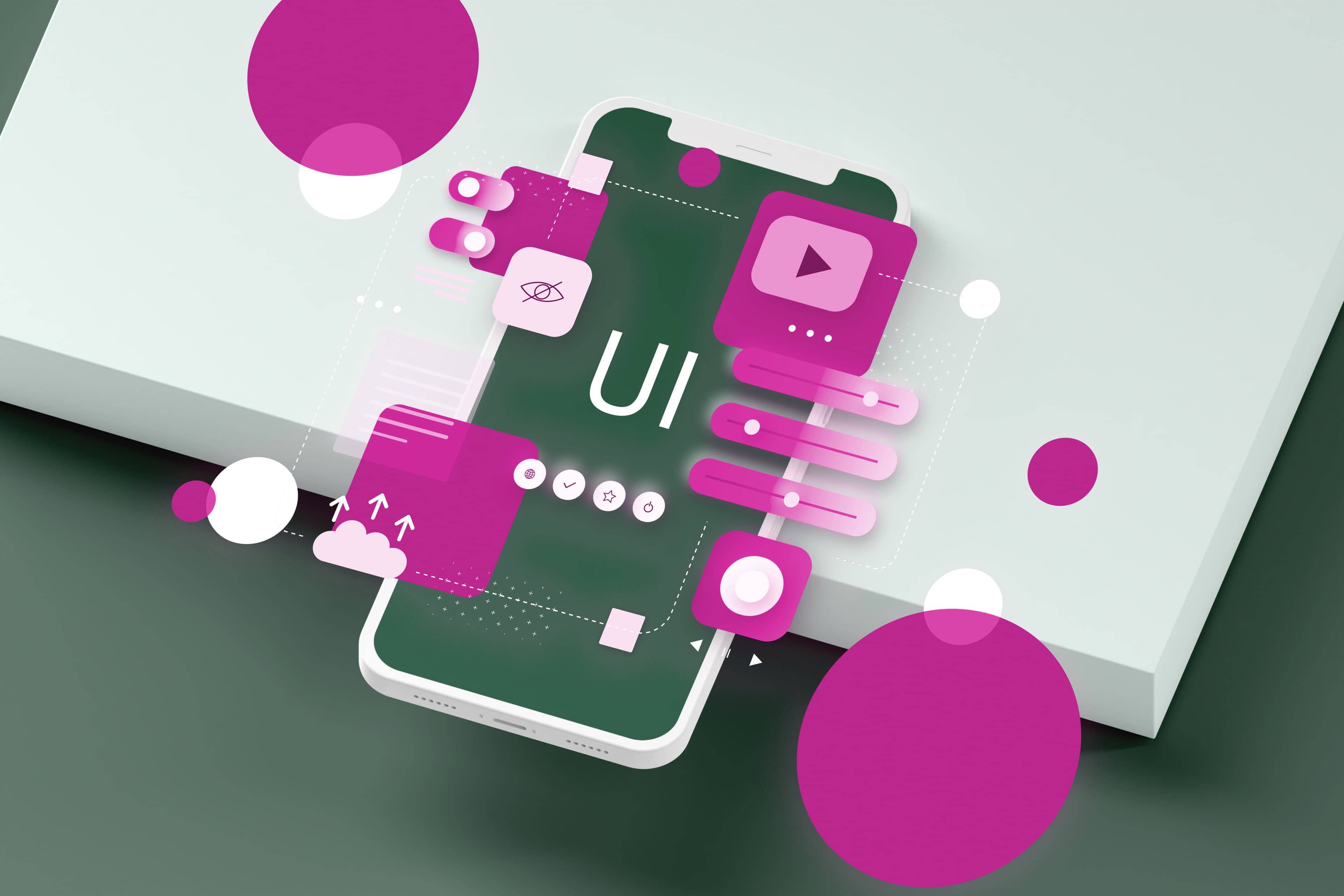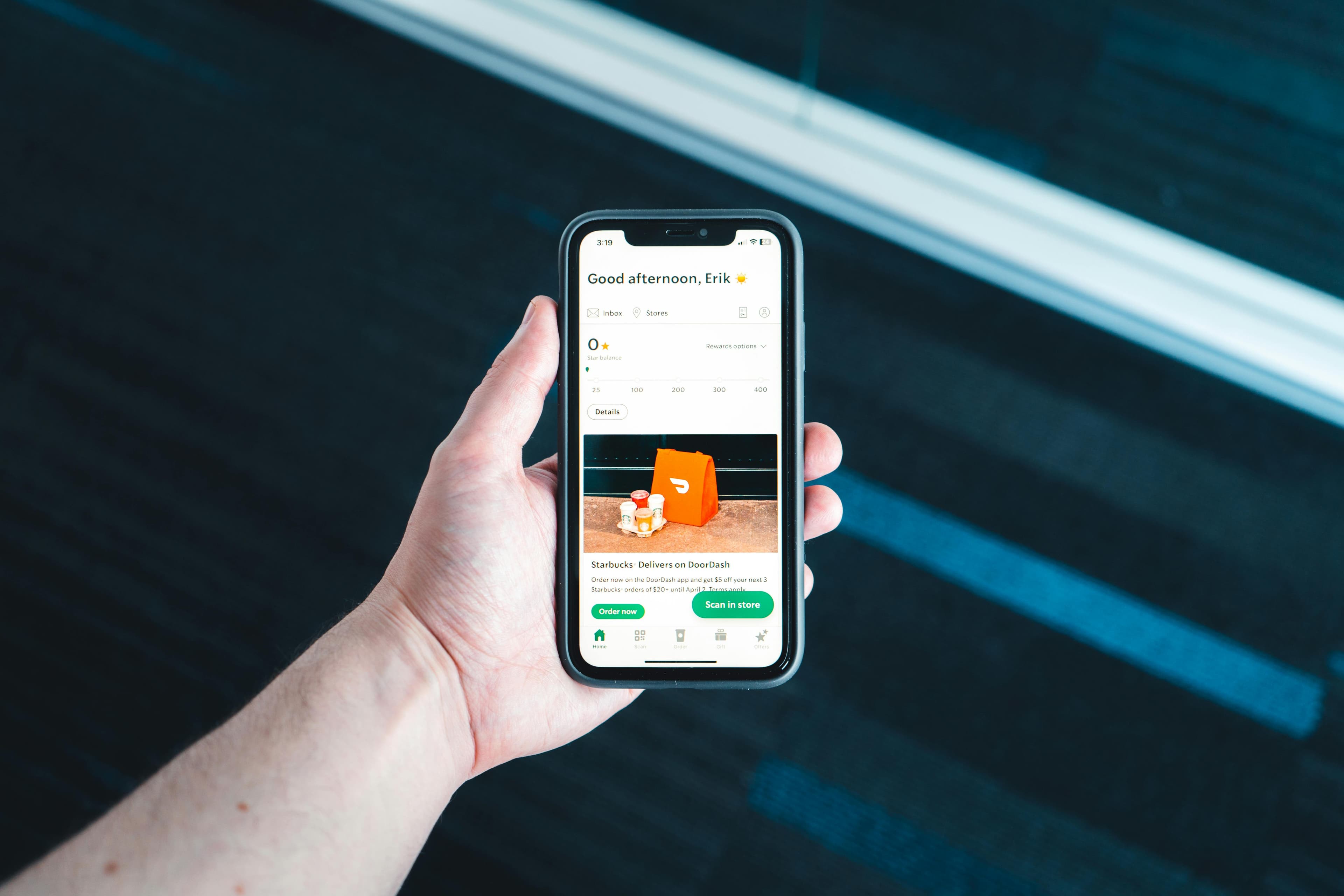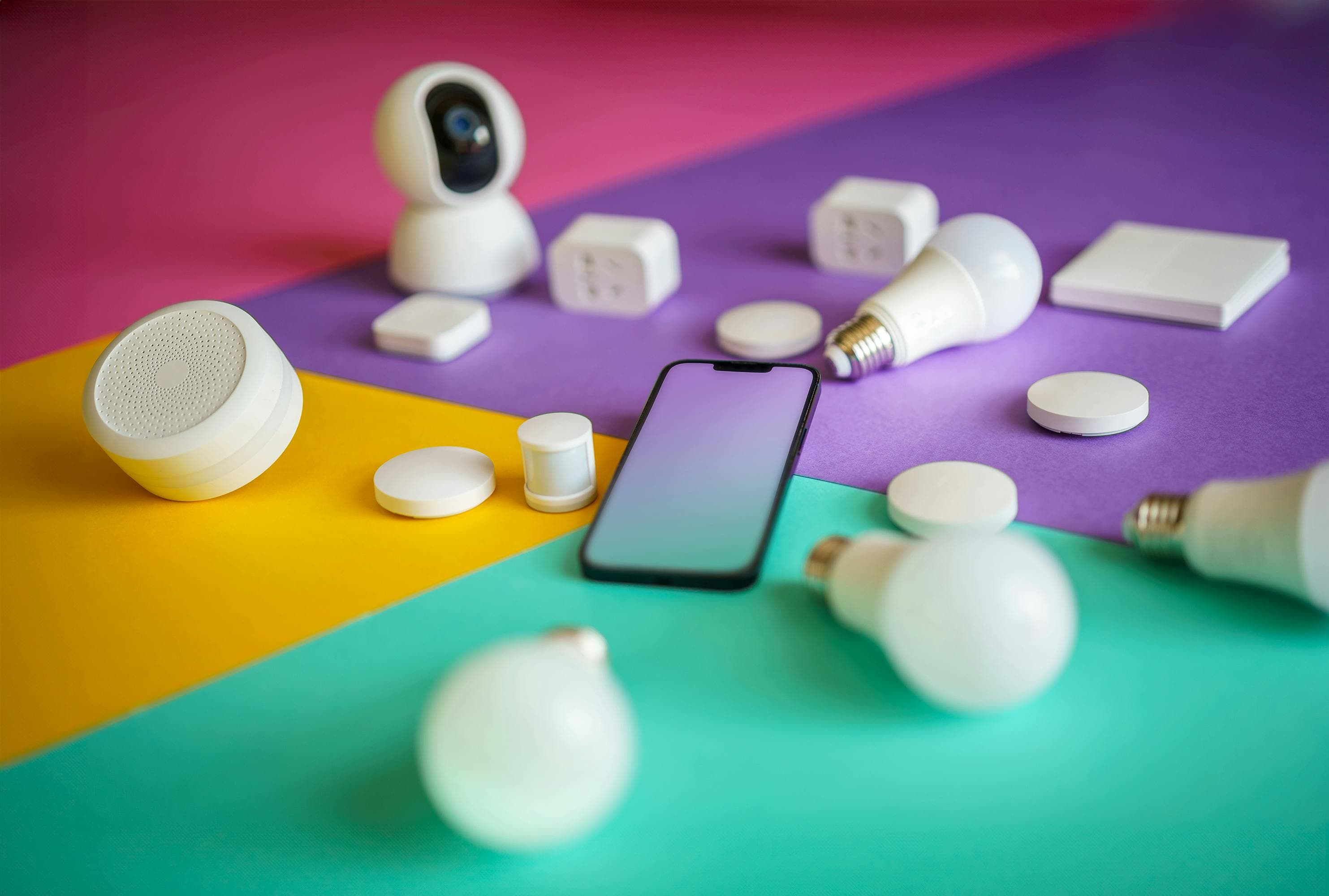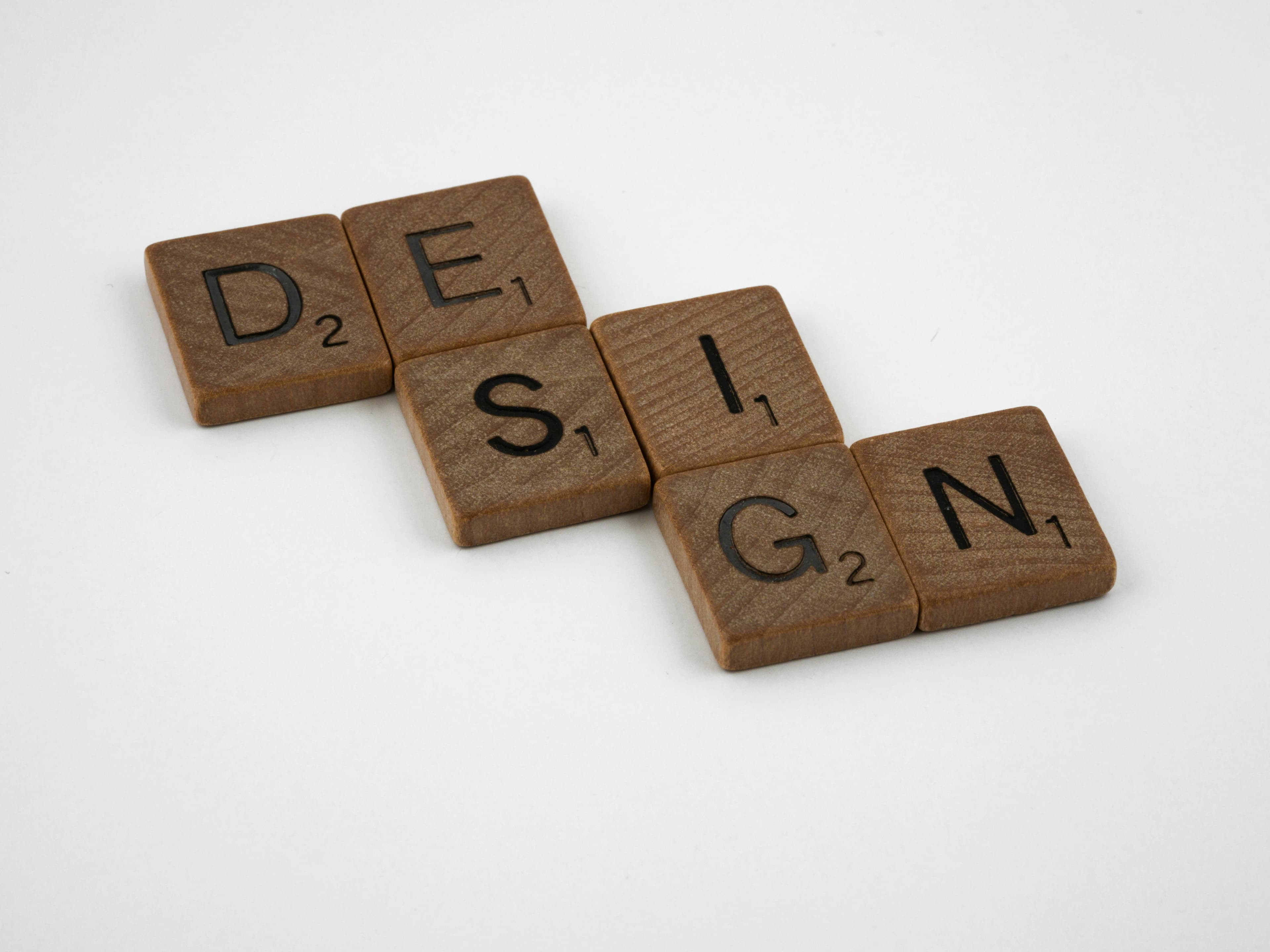
Effective Collaboration in Design Teams
Successful design projects require seamless collaboration between team members. In today's remote and hybrid work environments, having the right tools and practices is more important than ever. Firms like Upscale PM show how clear documentation and structured communication workflows—common in both construction and design—can dramatically improve team alignment, especially across remote or cross-disciplinary teams.
Essential Collaboration Tools
Design Systems and Component Libraries
Modern design teams rely on comprehensive design systems that ensure consistency across projects and enable efficient collaboration. These systems are particularly valuable when working on mobile design projects where consistency across different screen sizes is crucial.
Popular Design System Tools:
- Figma: Real-time collaborative design
- Storybook: Component documentation and testing
- Zeroheight: Design system documentation
- Abstract: Version control for design files
Communication Platforms
Effective communication is the foundation of successful collaboration.
Key Communication Tools:
- Slack: Real-time messaging and file sharing
- Microsoft Teams: Integrated collaboration platform
- Discord: Community-focused communication
- Zoom: Video conferencing and screen sharing
Best Practices for Design Collaboration
1. Establish Clear Workflows
Define clear processes for design reviews, feedback collection, and approval workflows.
2. Use Version Control
Implement proper version control for design files to track changes and maintain project history.
3. Regular Sync Meetings
Schedule regular team meetings to align on project goals and address any blockers.
4. Document Everything
Maintain comprehensive documentation for design decisions, processes, and guidelines. This documentation should include accessibility considerations and UX research findings to ensure all team members understand the reasoning behind design decisions.
Remote Collaboration Challenges
Working remotely presents unique challenges for design teams, but with the right tools and practices, these can be overcome.
Common Remote Work Challenges:
- Time zone differences: Coordinate across multiple time zones
- Communication barriers: Overcome lack of face-to-face interaction
- File sharing issues: Ensure secure and efficient file transfer
- Team bonding: Maintain team cohesion in virtual environments
Conclusion
The right collaboration tools and practices can transform how design teams work together, leading to better outcomes and more efficient processes. The key is finding the right combination of tools that work for your specific team and project needs.


